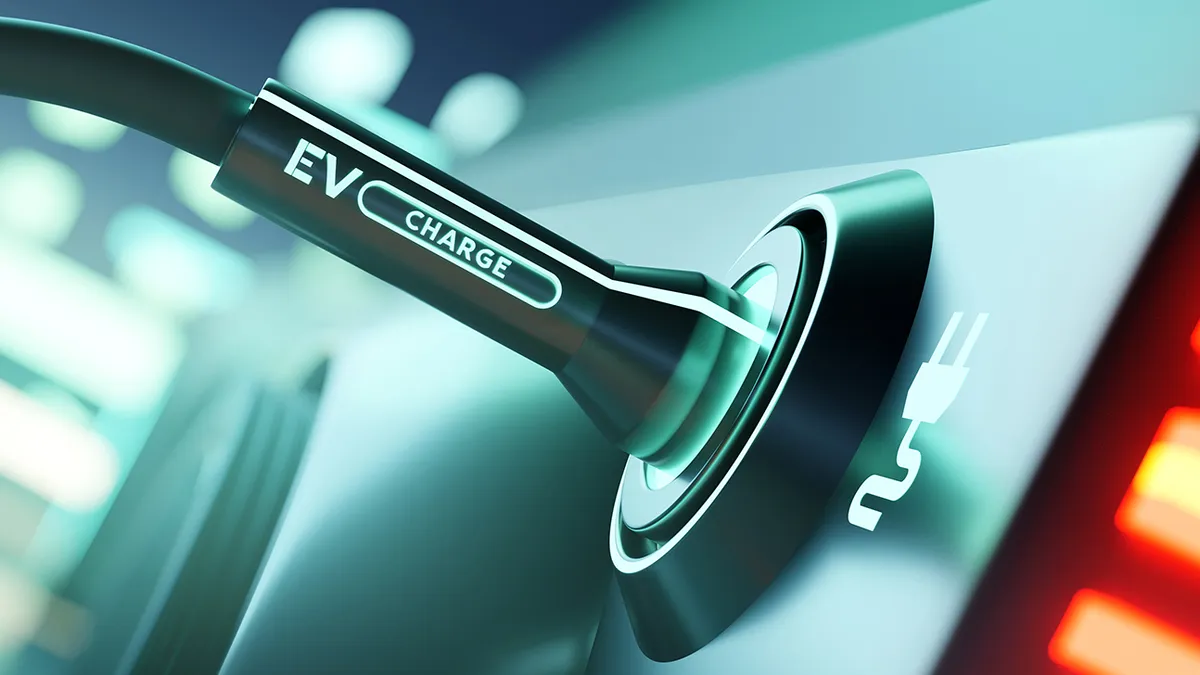There is little doubt that the tipping point for transportation electrification is here—despite a global supply chain crunch, rampant inflation, and growing concerns about materials sourcing for the batteries that power most electric vehicles (EVs). However, the current focus on passenger vehicle sales masks the coming tidal wave of commercial vehicle electrification that will impact utilities more than privately owned passenger vehicles.
Fleets matter (a lot) to utilities
Although commercial vehicle fleets make up only 4% of vehicles on the road, they account for more than 24% of transportation emissions [1], so we expect the rate at which commercial vehicles electrify will exceed that of private vehicles. [2]
The push toward fleet electrification is driven by two factors—a growing emphasis on corporate sustainability goals, and perhaps most important, a strong business case for electrifying fleets.
The utilities that serve fleets will need to prepare for the impact fleet electrification will have on them. First, the energy need will be significant—a 150-vehicle fleet of electric delivery vans could easily exceed 1 MW of new load. In addition, it is common for fleets to co-locate around transport hubs. Combining this with the anticipated accelerated rate of adoption could result in some utilities seeing multi-MW loads appearing seemingly overnight.
These unique characteristics (large, concentrated loads, accelerated electrification) make fleets a unique class of electric customers. If utilities and their fleet customers are out of sync, both parties could lose—infrastructure upgrades could be overly expensive, delaying sustainability goals. In some cases, fleets may look beyond utilities to meet their charging needs. However, for forward-looking utilities, fleet electrification represents an opportunity to grow the business in a way that hasn't been seen in a generation.
Serving a new class of electric customers
In many states, fleet advisory services have emerged as a leading practice for driving engagement between utilities and fleets. For utilities, fleet advisory services offer the dual benefit of identifying potential fleet electrification loads early and are an opportunity to assist fleet operators in planning their infrastructure needs. This service helps utilities understand fleet operators' electrification plans and can mitigate the risk of costly, emergent system upgrades required to serve the new loads. For fleet operators, fleet advisory services offer insight into how to minimize infrastructure and charging costs associated with EVs.
Basic programs include a site assessment to determine the ability of the distribution system to accommodate the forecasted load and potential upgrade costs and rate analysis to help the fleet considering electrification to understand the cost of charging and different rate options.
Utilities may offer additional services such as connecting fleet operators with qualified vendors and charging infrastructure suppliers or assisting with comparing the total cost of operations of an electric fleet to conventional vehicles.
Keys to a successful fleet advisory program
The need for utilities to engage with fleets is urgent and essential. Initial steps utilities can take include:
- Identify your EV team – Who will manage the program? Identify an owner who will be the point of contact for fleet electrification internally and externally.
- Reach out to fleets – Identifying and engaging with fleet operators in the service territory is a critical first step. Fleet operators need to be aware of the benefits of electrification and how you can help them with the transition.
- Coordinate with internal stakeholders – Get buy-in from engineering and regulatory groups needed to perform the analysis and secure executive sponsorship.
- Pilot your new service – Partner with a fleet in your service territory to understand their needs and provide advisory services on a preliminary basis.
A look ahead
Whether proactively working with fleets or reacting to new loads, utilities will play a central role in electrifying the transportation industry.
Without utility support, fleets may misjudge infrastructure needs or seek other non-utility solutions such as behind-the-meter storage or onsite generation. Fleet advisory services can help mitigate the impact of fleet electrification and create a partnership with this new and critical customer class. Utilities that partner with their fleet customers will be better prepared to manage new charging demand while reaping its benefits. Without early engagement, utilities may miss an extraordinary growth opportunity.
Sources:
[1] https://www.epa.gov/greenvehicles/fast-facts-transportation-greenhouse-gas-emissions
[2] Passenger vehicles also constitute commercial vehicle fleets, but we are concerned with the impact of medium- and heavy-duty vehicles










